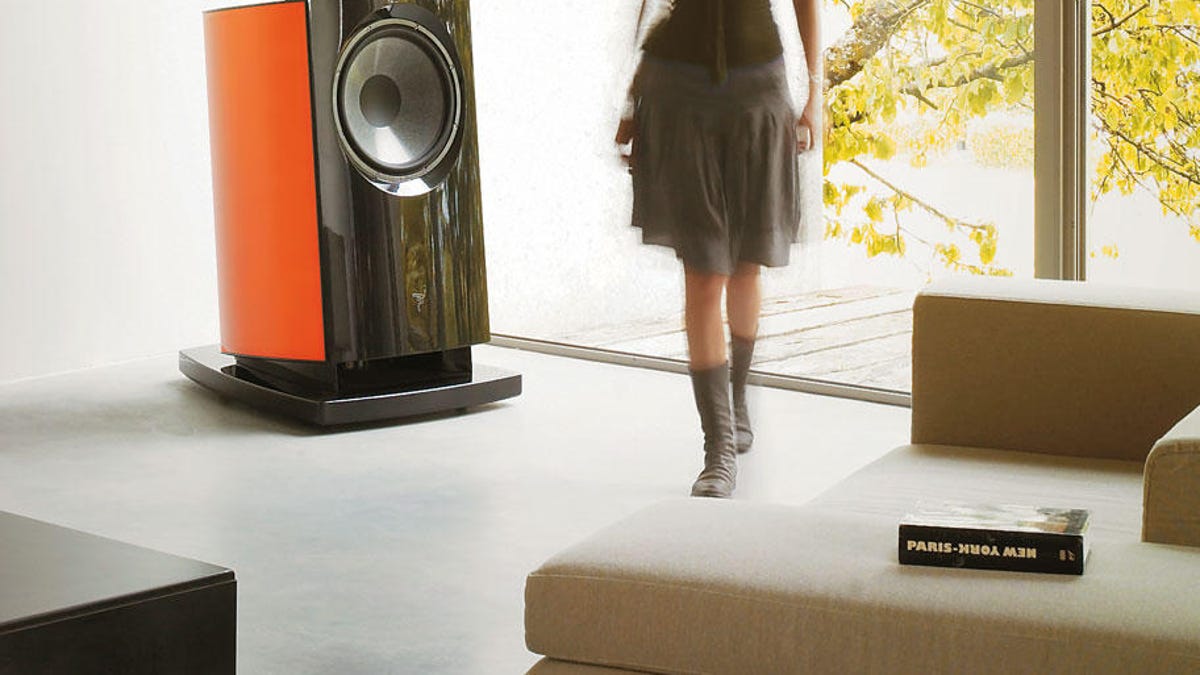The next step in speaker design: Your room becomes the speaker
The future of sound reproduction requires bigger speakers. Much bigger.
Current speaker design technologies have run their course. The best of today's box, panel and horn speakers are awfully good, but all fall short of reproducing the sound of a rock band, jazz trio or symphony orchestra as we hear them in real life. But what will it take to get them there?
My guess: Speakers need to be closer to the size of instruments in order to produce life-size sound. In other words, much bigger.
Expecting a 1-inch (28mm) dome tweeter to fully reproduce a Zildjian cymbal's crash is expecting too much. Same for expecting a 6-inch (152mm) woofer to create the sound of a bass drum beat. It's mission impossible.
Future speaker designers probably won't focus on further lowering distortion or getting a flatter frequency response; today's best speakers are already fine in those areas. Where they come up short is whisper-to-a-scream dynamic range. That's why recorded drums never come close to the visceral feel-it-in-your-gut slam of a real kit and you can't hear a 100-piece orchestra's breathtaking scale over today's speakers.
Imagine wall-size speakers that could be "painted" onto all wall surfaces for music or home theater systems. Or perhaps speaker-impregnated "wallpaper" that would be used to create large-scale sound environments. Who knows -- that wallpaper might also be used for wall-size video displays.
Right now, most folks want smaller and smaller speakers, or speakers that disappear entirely. Compact sound bars like the $150 Vizio SB3621 are more popular than ever, while at the high end of the market custom installations with in-wall and in-ceiling speakers are getting more innovative. At the CEDIA show this week, for example, high-end Origin Acoustics announced a system that integrates speakers with an Alexa-powered Echo Dot mounted in the ceiling, for whole-house voice control.
Neither of these design-first solutions can sound as good as a traditional full-size tower speaker, however. That's where my future painted-on or wallpaper speakers come in. If they could mimic the way that instruments' sound fills rooms, audio would be a lot more realistic. The other big advantage of my future speakers is that they would be "invisible," so size wouldn't be an issue.
Of course, the speakers would still need to reproduce the widest possible frequency range and the deepest bass of a church organ. Digital signal processing would distribute the sound for precise placement of the instruments and project sound forward from the wall to create the illusion of three-dimensional depth. Not only that, the system would be "intelligent" and optimize the imaging for every person in the room.
My fantasy system wouldn't just rely on the surfaces of the walls, I'd also want the floor, carpet, rug and the ceiling to be producing sound. This way we could at last create a truly immersive experience, one that mimics the full size of the instruments and the acoustic space of the original recording venue or a space only limited by the imaginations of producers and musicians. When it all comes together, your room would acoustically disappear and put you in the space of a recording or movie.
The future of sound at home looks bright. It's not a matter of if, it's a matter of how soon some version of that future I described will arrive.


